The U.K. Stops the U.S. From Taking One of Its Most Important and Historic Art Pieces
The United States and the United Kingdom are disputing ownership of an ultra-rare medieval English ivory sculpture. London’s Victoria and Albert Museum believes the sculpture to be the “Deposition of Christ” (or “The Deposition from the Cross”). This sculpture, sparking heated discussions, will soon ship to the U.S.
Why is the sculpture coming to the U.S.? And what is the importance of this relatively unknown art piece? Let’s get into it.
The Museum Is Asking for £2 Million in Donations
The museum is pleading with the public for a donation of two million pounds to keep the 830-year old ivory sculpture in the U.K.
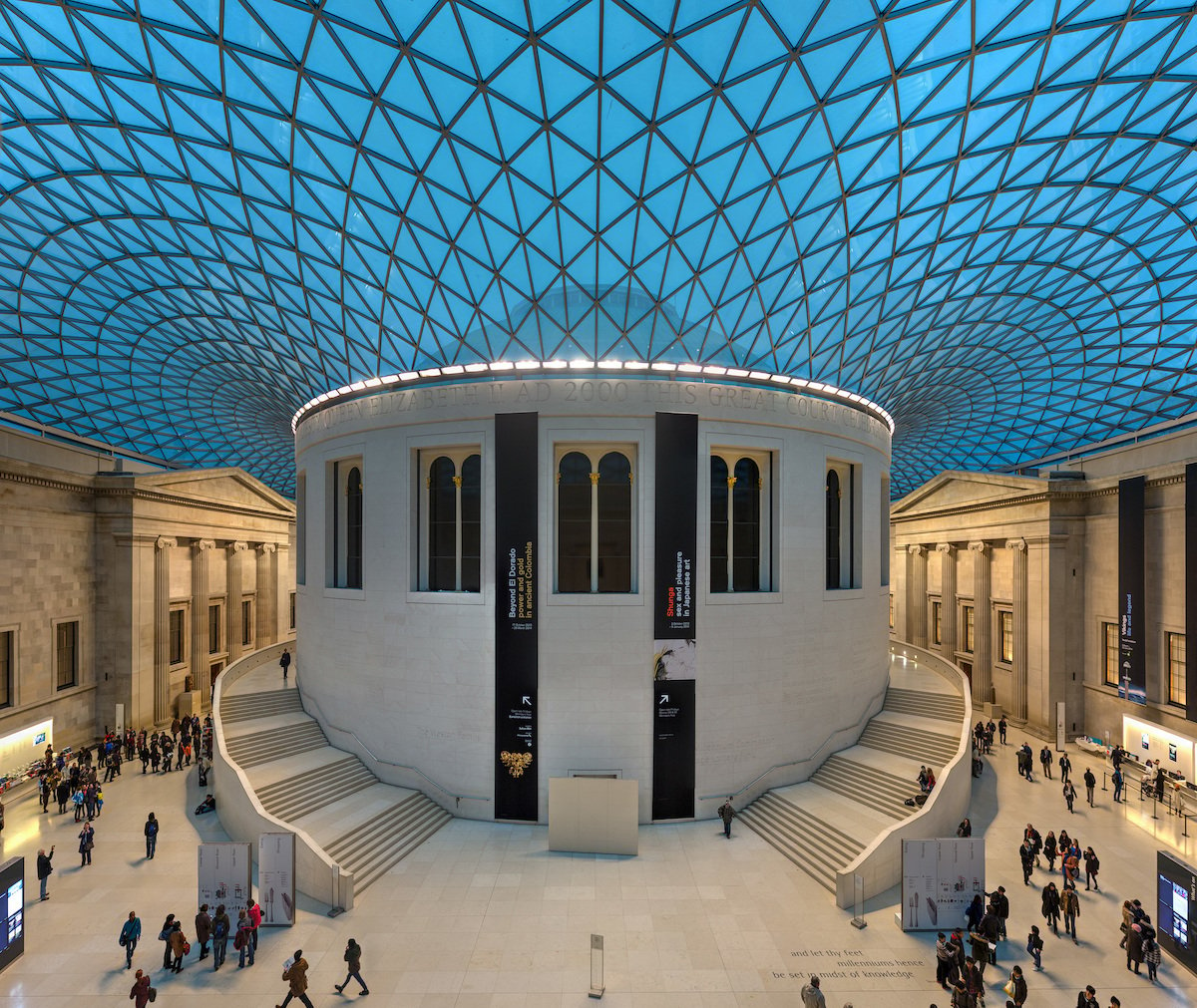
Source: Wikimedia Commons
Believing that the art piece is part of a large body piece, the museum is hoping to eventually find the other fragments of the original priceless masterpiece.
One of the Most Important Statues to the U.K.
The museum believes that the sculpture’s importance extends beyond art-history. Many believe that the sculpture preserves one of the most important events of English history through its depiction of Christ.

Source: James Tissot/Wikipedia
This sculpture, standing at 18.3 cm tall, is among the most significant surviving English sculptures from the Middle Ages. Crafted from ivory, it is one of the few remaining medieval sculptures depicting a religion that was nearly eradicated from England.
What Is the Sculpture?
Experts believe the sculpture depicts one of the seven scenes of Jesus Christ’s final days and is part of a much larger piece currently missing. The sculpture depicts Christ being removed from the Cross, made of walrus tusk ivory.
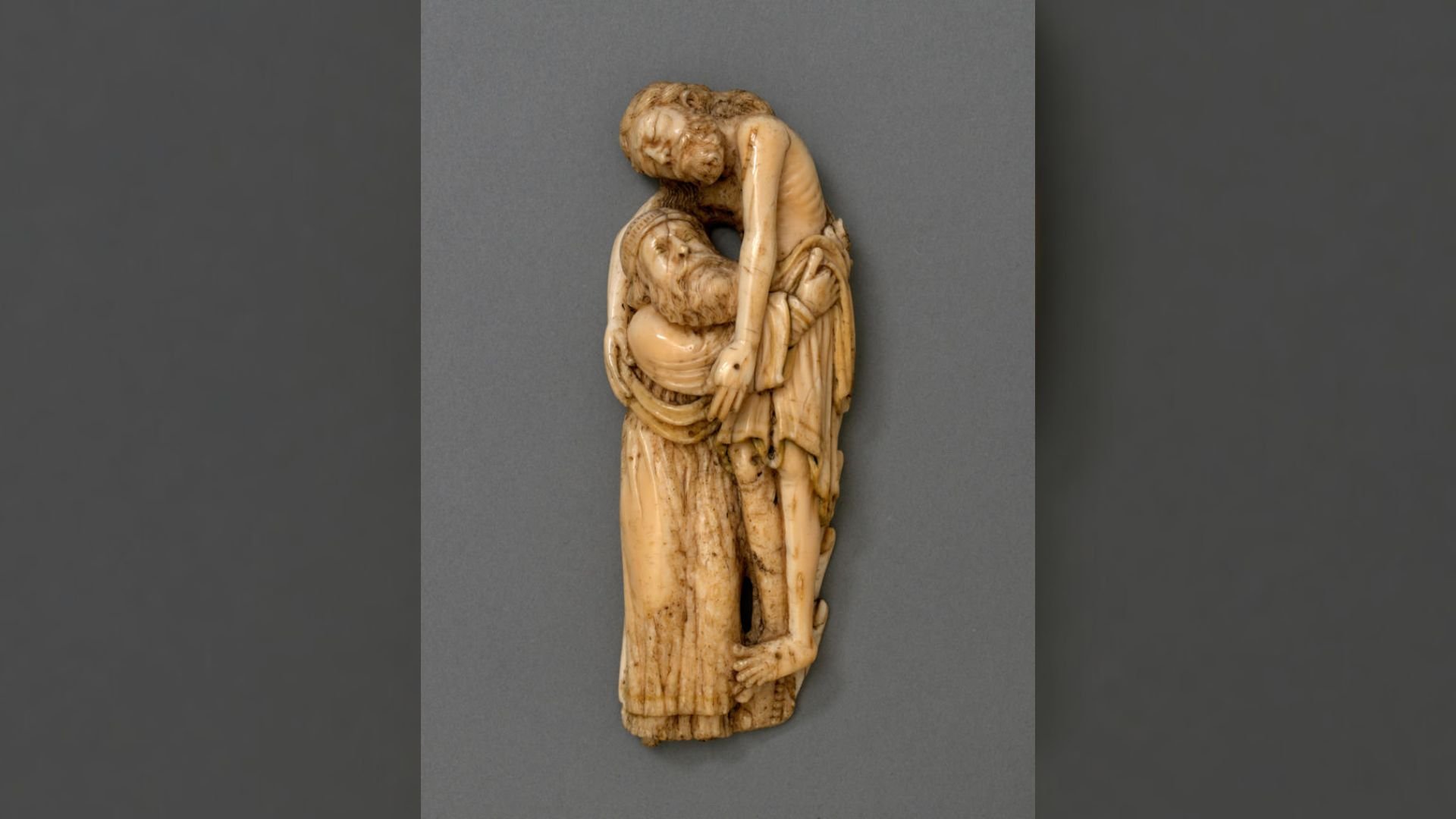
Source: Victoria & Albert Museum
Other pieces thought to exist include the Last Supper, Judas betraying Christ in the Garden of Gethsemane, the crucifixion, the entombment, and the resurrection.
What Is the Statue Made From?
The “Deposition from the Cross” is made from walrus ivory. The warm tone is semi-translucent, which reflects the characteristics of human skin.
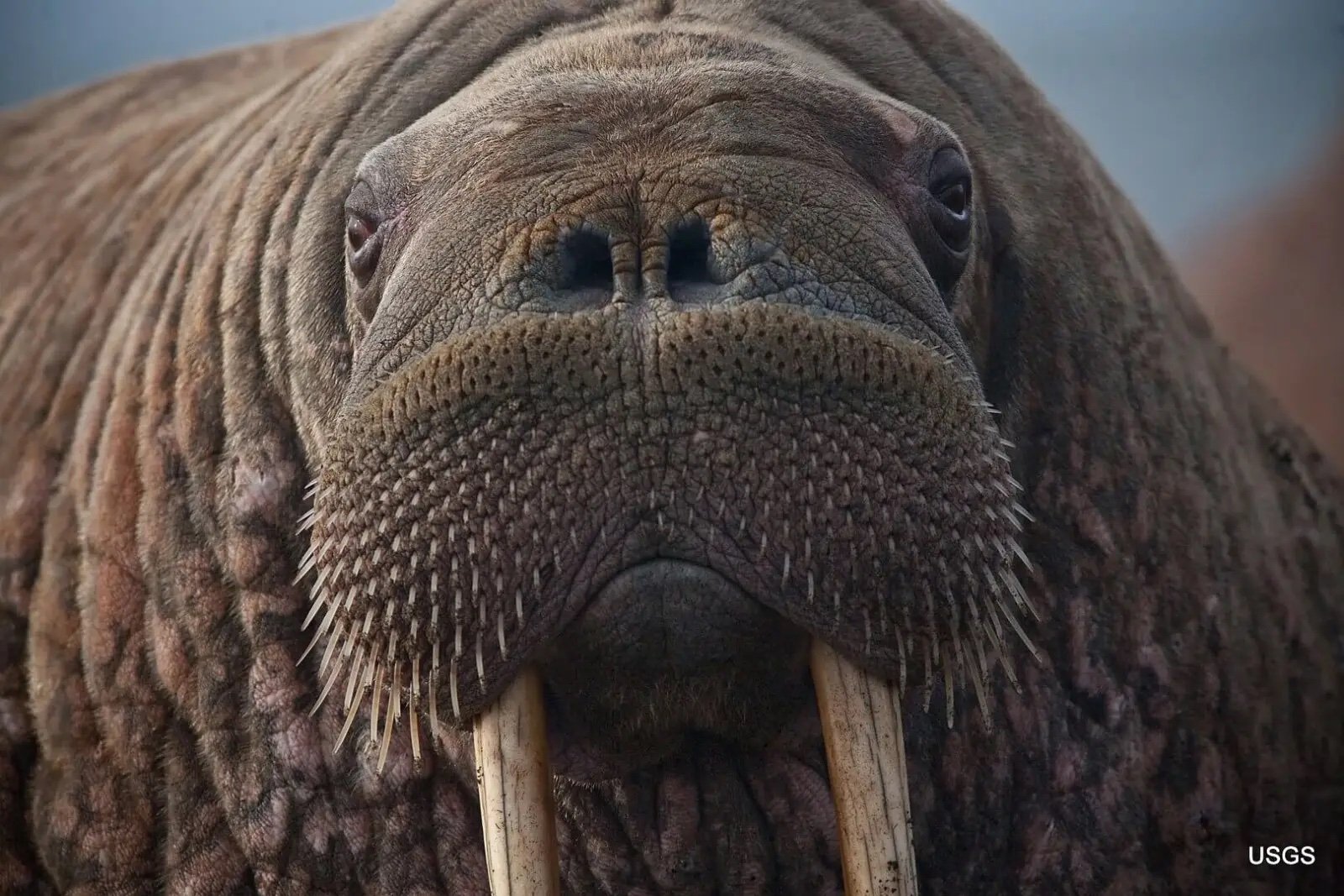
Source: U.S. Geological Survey from Reston
The fixed dimensions show a slight curve which is likely to come from the curved structure of a tusk. These tusks were highly valued for their durability, smooth texture, and suitability for carving intricate details
The Challenges of Carving from Walrus Ivory
Walrus ivory was particularly popular during the Viking Age and the medieval period, contributing to the production of many exquisite works of art.

Source: Wikimedia Commons
Because of the curved tusk, the arms, legs, and heads of the characters had to be carved closely together. Most sculptures carved from walrus tusks encourage intimacy.
The Public Discovery of the Statue
The ivory statue first came to scholarly and public attention in 1970. It was showcased in the exhibition “The Year 1200” at the Met in New York City.
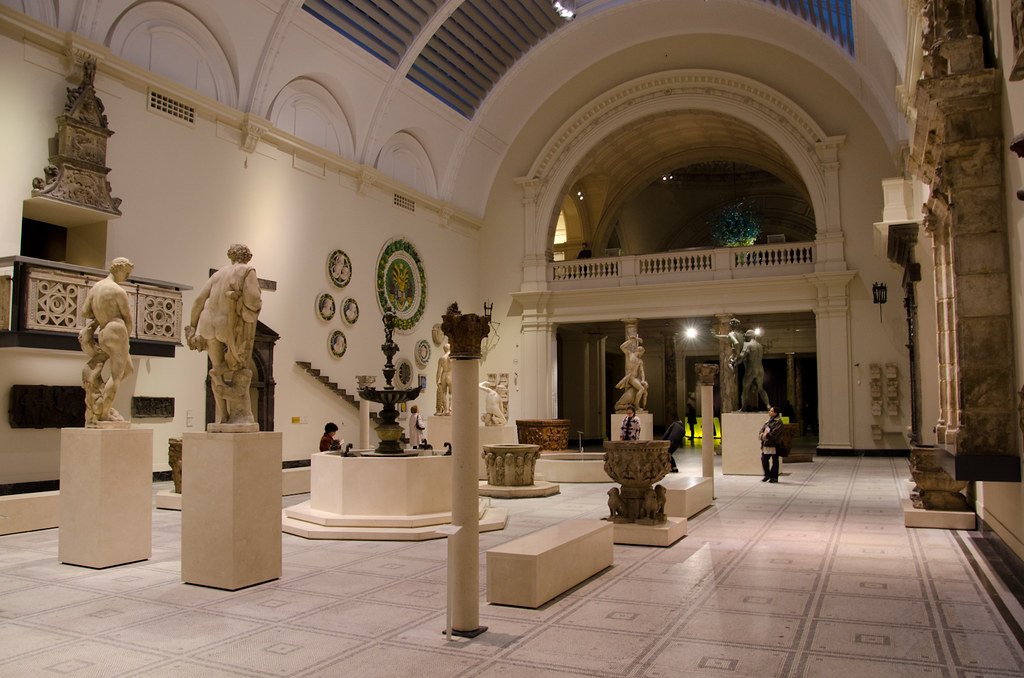
Source: Kevin Burke/Flickr
The statue was loaned from John and Gertrude Hunts’ private collection. There is no information about how the family acquired the statue.
The Statue Finds Its Home in the U.K.
Today, most of the Hunts’ collection of medieval art is on display in their museum in Limerick. However, the “Deposition from the Cross” has been on loan to the V&A Museum since 1981.

Source: Andy Aldridge/Flickr
Paul Williamson, the then assistant keeper of the V&A’s Department of Sculpture, arranged this negotiation after recognizing the extraordinary quality of the sculpture and its relation to Judas at the Last Supper.
The V&A Museum Loses the Sculpture to the Met
The piece has been on a long-term loan at the V&A Museum from 1982 until 2022. Then, the Hunts decided to sell the statue.
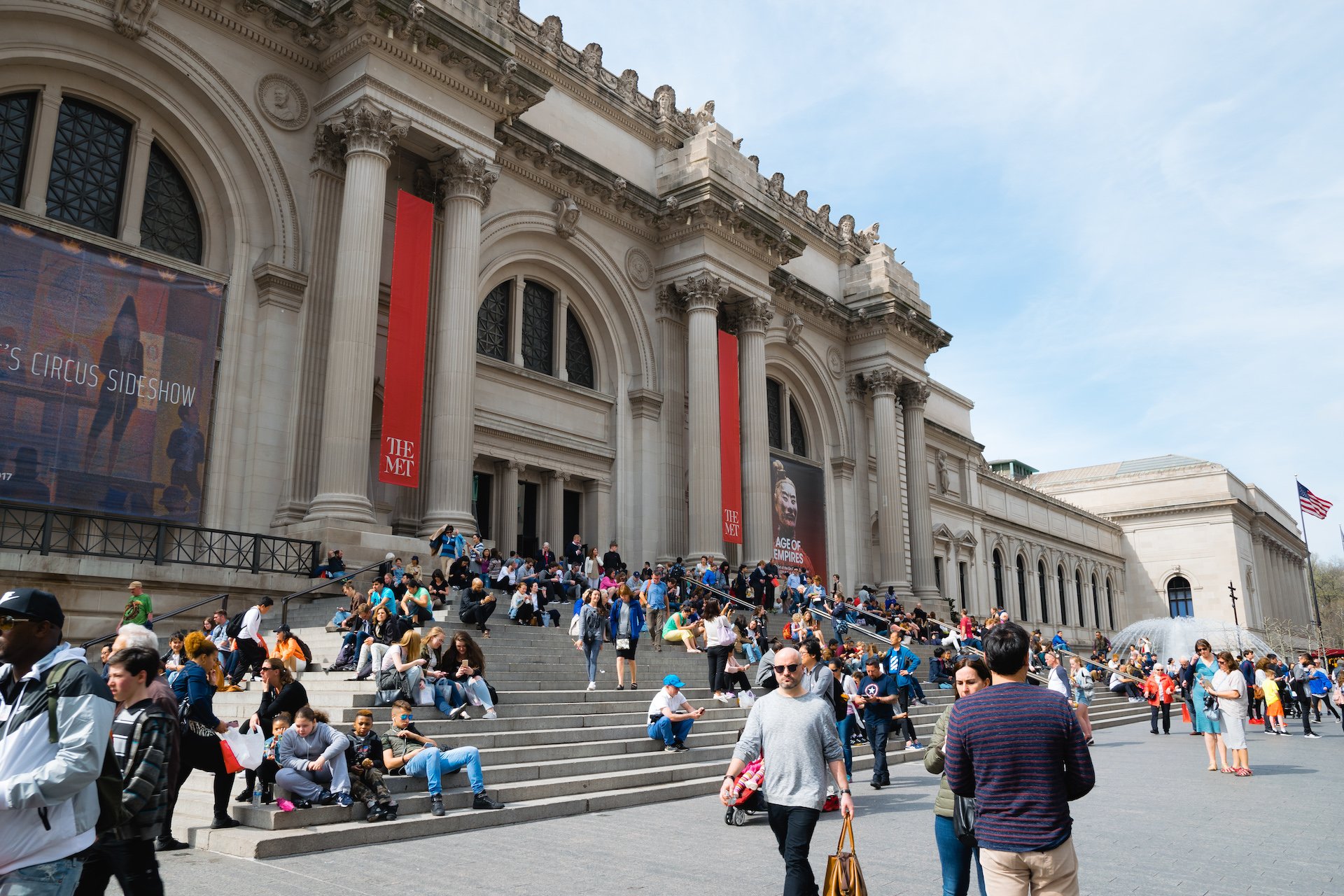
Source: Wikimedia Commons
In 2023, the Met bought the carving in a private sale last year, but the V&A and other museums were able to bar the export license because the statue was an exceptionally fine carving and rarity that held national importance.
The V&A Museums Needs to Extend the Deadline
The U.K. Arts Minister has imposed a temporary export bar on the Deposition, allowing a local museum the chance to raise funds to purchase the carving and retain it within the country, according to The Art Newspaper.
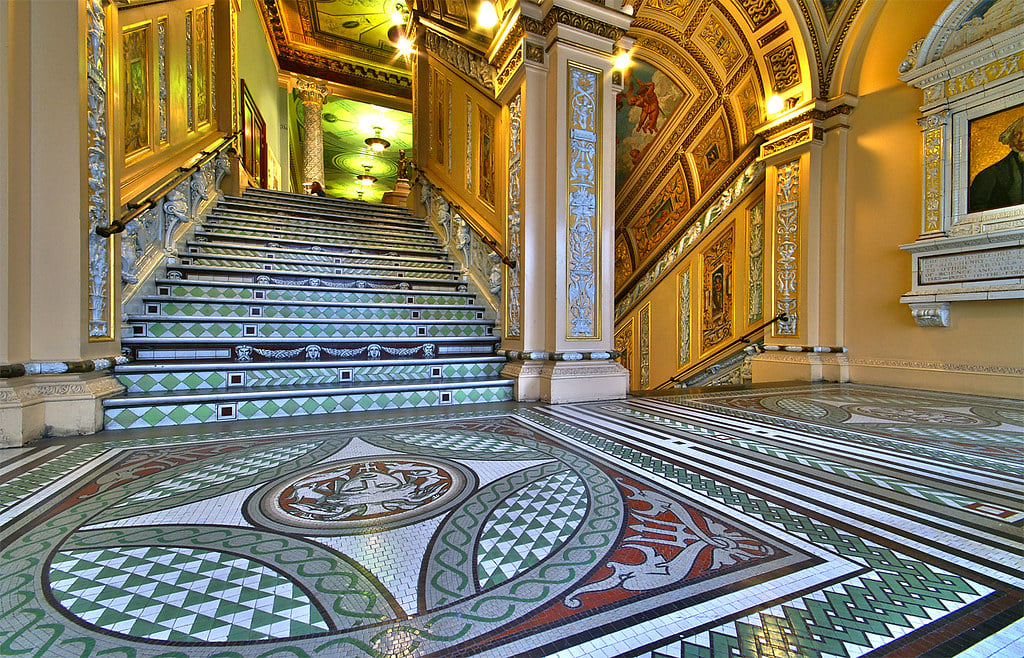
Source: Nick Garrod/Flickr
The V&A Museum and other buyers based in the U.K. had to either match the Met’s offer to acquire the statue or signal their serious intent to raise the needed funds, which would extend the deadline by an additional four months.
The V&A May Not Acquire the Statue
The V&A has not confirmed whether it has any plans to acquire the “Deposition.” “We are aware of the temporary export bar on the walrus ivory carving of the “Deposition from the Cross” and recognize the unique historical and artistic significance of this rare piece,” a spokesperson for the museum said in a statement.
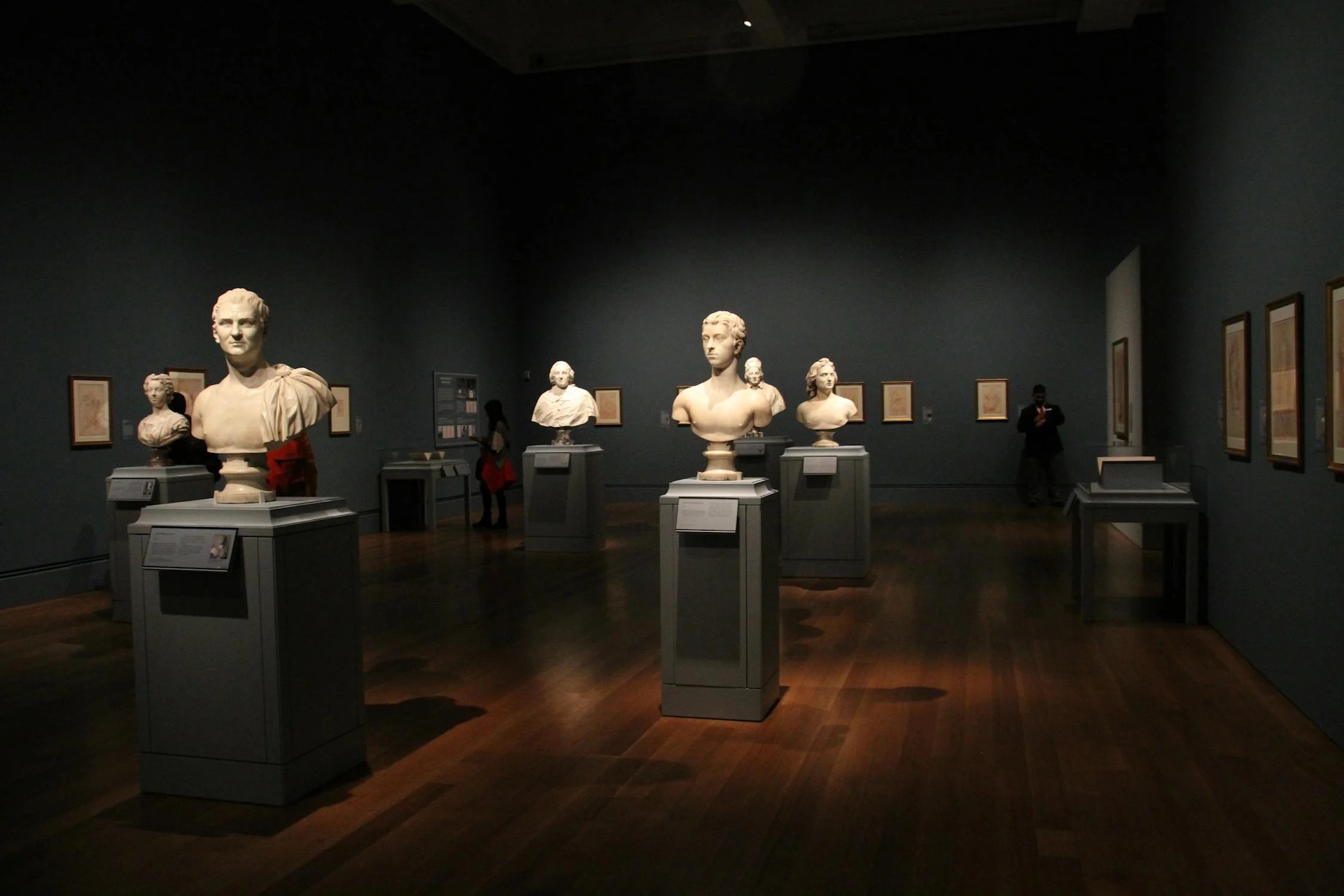
Source: Pixabay/Pexels
“The only corresponding piece to the “Deposition” is the fragmentary carving of Judas at the Last Supper which is in the V&A collection and was the justification for the “Deposition” remaining on loan to the V&A for 40 years.”
Other Fragments of the Piece Might Have Survived
If the other fragments have survived time, then they are more than likely in private collections or in small museums in Britain or overseas. If the original multi-scene has survived and is able to come together, then it would be an unparalleled masterpiece.
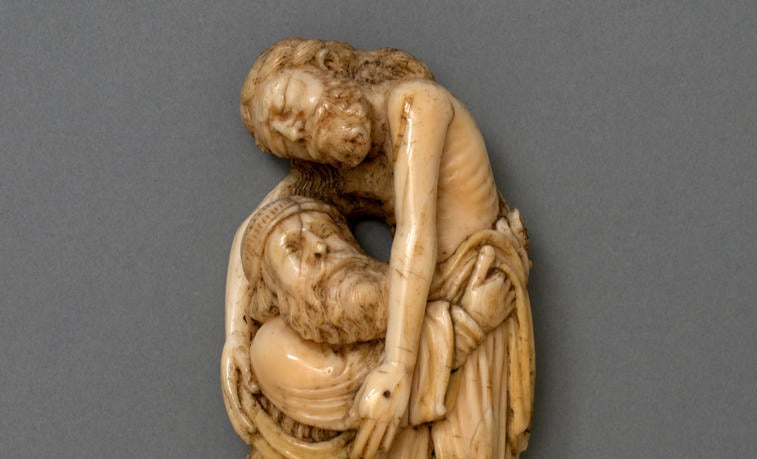
Source: Victoria & Albert Museum
The ivory sculptures together could be worth tens of millions of pounds. It seems that Britain is eager to have the masterpiece displayed one day in its museums, or, at the very least, one piece of the masterpiece.
Researchers Have Discovered Only Two Fragments
According to the Independent, the large art piece currently only has two known fragments, which represent approximately seven percent of the original piece.

Source: Dziana Hasanbekava/Pexels
One of the richest and most powerful noble families in England, the de Warennes, commissioned a York sculptor in the 12th century to create the sculpture. The de Warennes ancestor was most notably a senior companion of William the Conqueror at the Battle of Hastings.
The History Behind the Sculpture
Most people are familiar with the de Warenne name as one of their main castles is two miles from Wakefield. Researchers currently suggest that the sculpture likely resided in one of the chantry chapels inside the parish church, which has now become a cathedral, in the Yorkshire town of Wakefield throughout the Middle Ages.
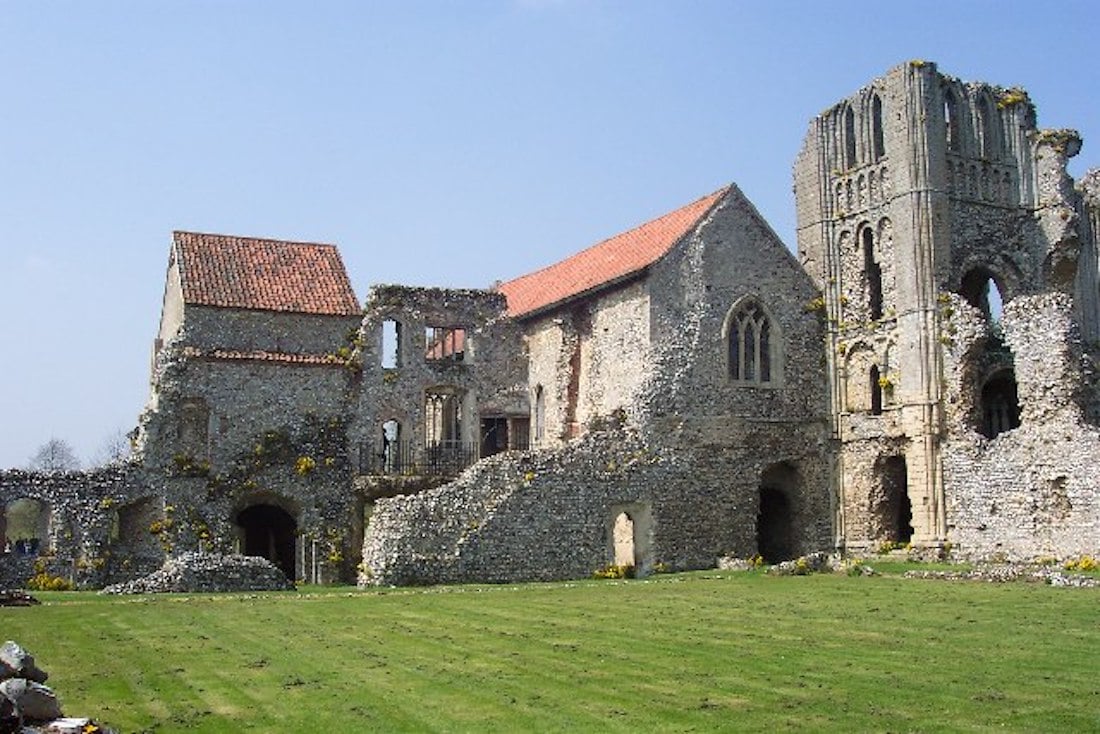
Source: Wikimedia Commons
Speculators suggest that the artwork may have also appeared in one of the four independent chantry chapels throughout Wakefield, with one still existing today.
Where Did They Display the Sculpture?
The College of Saint Stephens, the English state’s most important religious institution, also had associations with Wakefield’s large parish church. Royals largely favored the college, which was located in the royal Palace of Westminster, now the home to the House of Parliament.

Source: Wikimedia Commons
Research suggests that the artpiece most likely remained in Wakefield for hundreds of years until 1545 or 1547 during a nationwide suppression of the chantries.
What Happened to the Sculpture?
During this time, Catholics defended the sculptures, referred to as the English Reformation period in history, from seizure or destruction by pro-Protestant government officials.
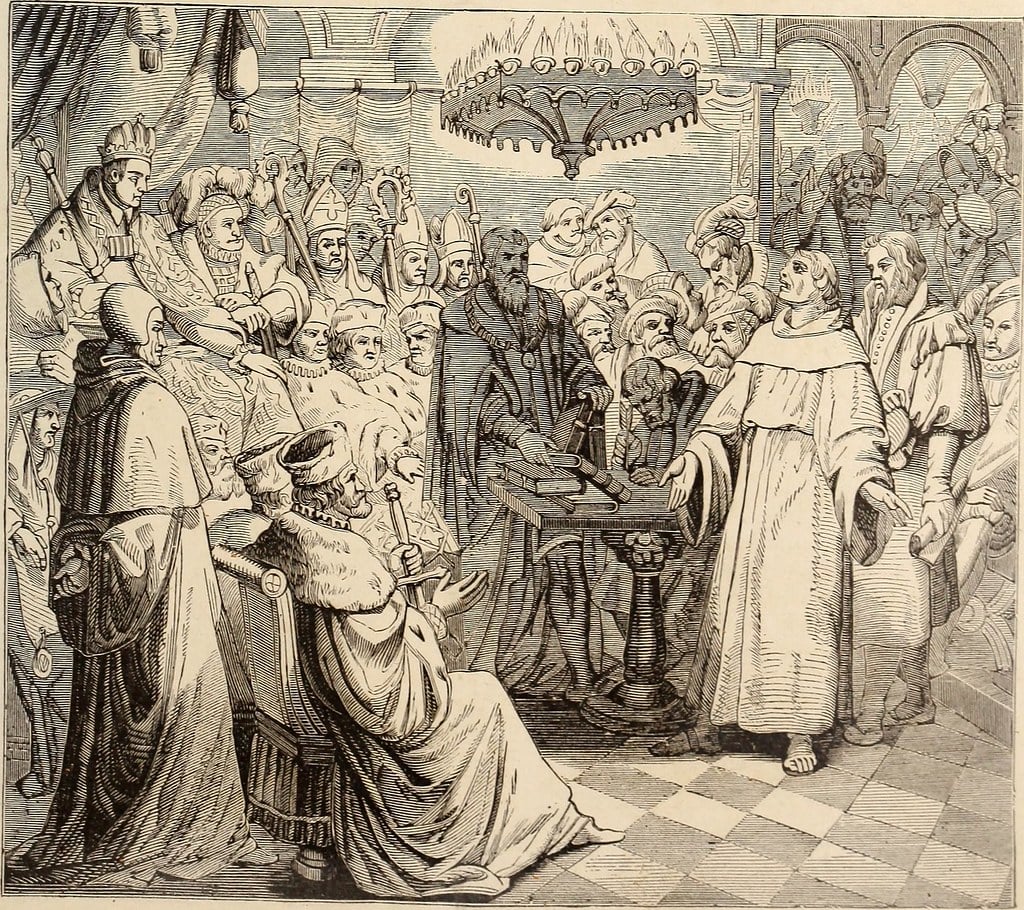
Source: The Library of Congress/Flickr
The ivory series either partly seized, partly destroyed, or split apart, with some pieces remaining lost to history. However, local Catholic houses hid two other pieces of the masterpieces for centuries, and they have survived.
What Other Fragment Is Known?
The other fragment depicts Christ offering Judas a piece of bread during the Last Supper. In 1769, someone discovered the piece hidden inside a house near a church on Northgate, a street that still exists today in Wakefield.
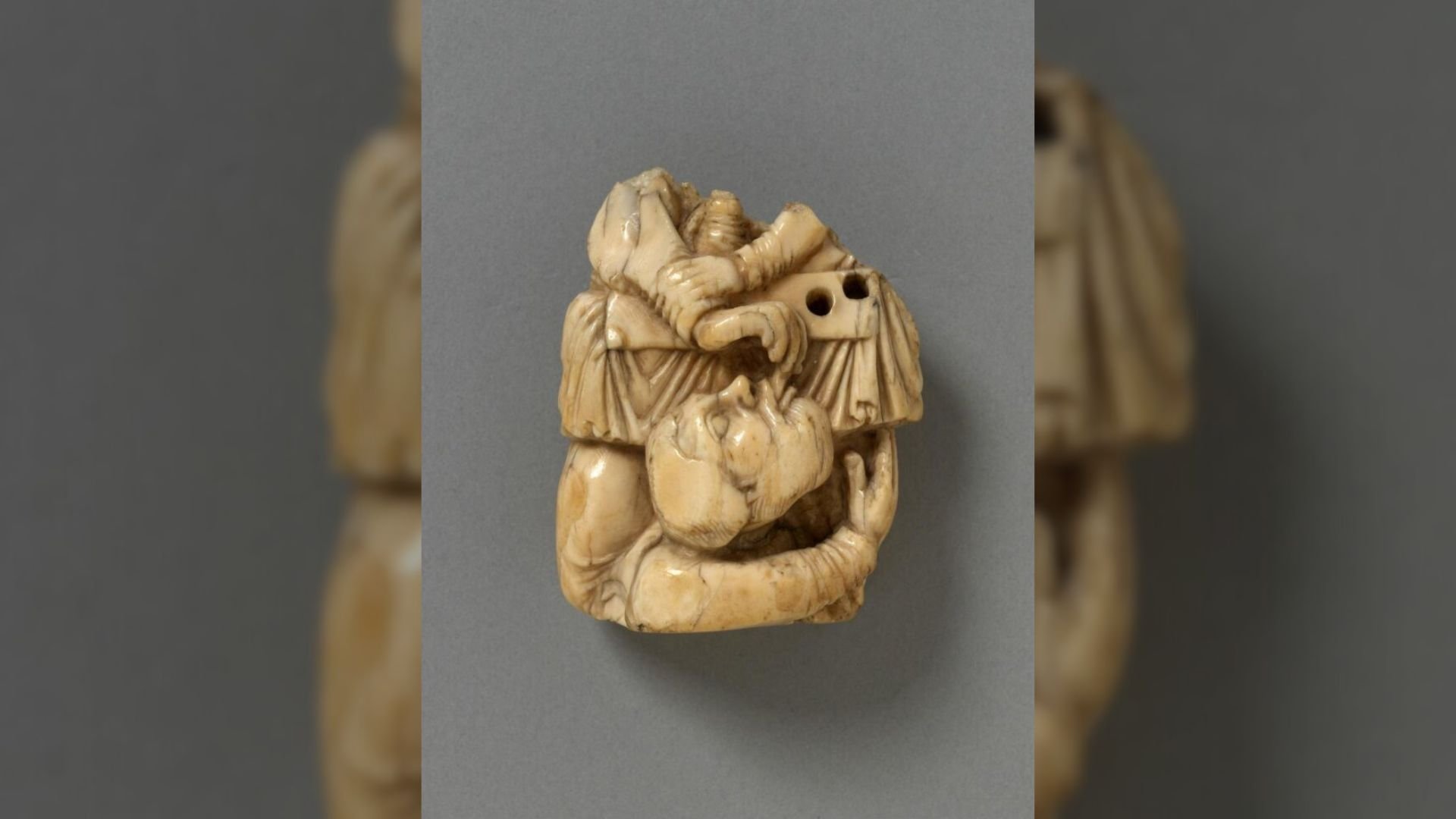
Source: Victoria and Albert Museum
The Independent suggests that this house may have belonged to one of the church chantry chapel priests who hid the peace during the English Reformation. However, the remaining scene of the deposition remains hidden.
What Could the Full Altarpiece Include?
The full altarpiece that the “Deposition from the Cross” and Judas at the Last Supper may have included other religious iconography associated with the Passion: the Last Supper, the Crucifixion, the Deposition, the three Marys at the tomb, and the Ascension.
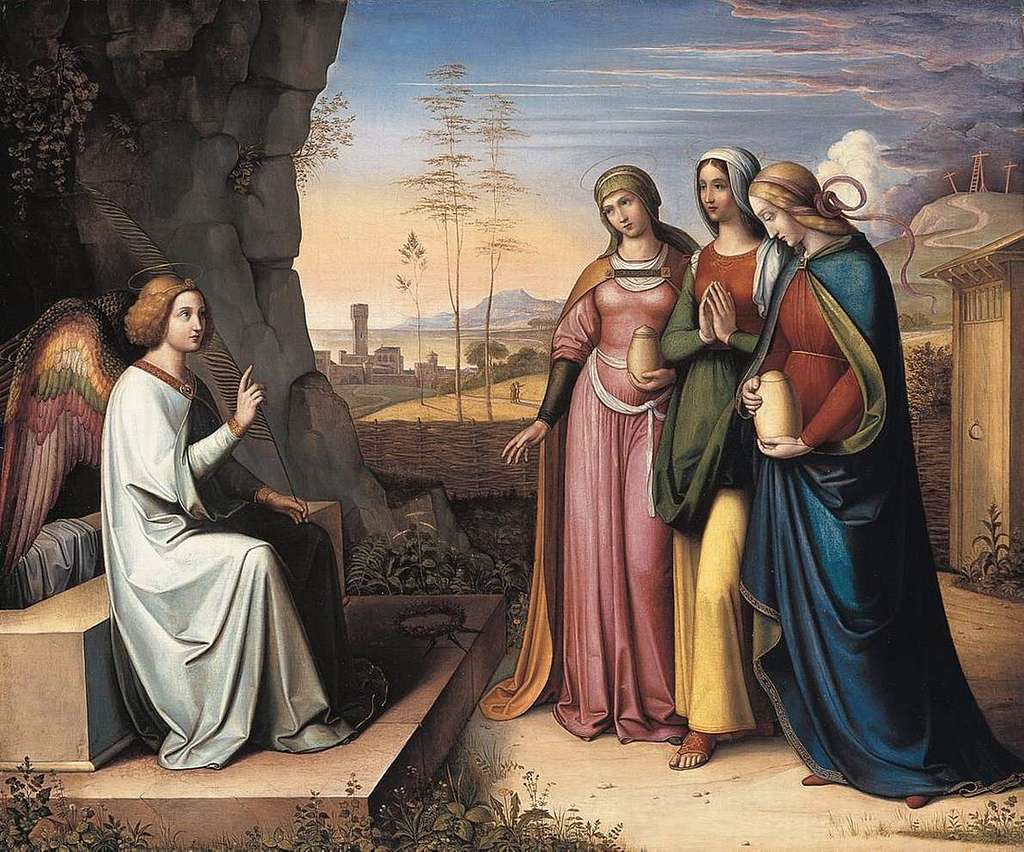
Source: Bayerische Staatsgemäldesammlungen/GetArchive
The altarpiece may have included the Virgin Mary and St. John the Evangelist. The original piece may have also been five separate scenes of Jesus Christ’s final days.
The Future Discovery of More Fragments
However, the rest of the impressive altarpiece was likely destroyed between the English Reformation and now. Other fragments could have survived in private collections, unidentified as a larger piece of a missing masterpiece.
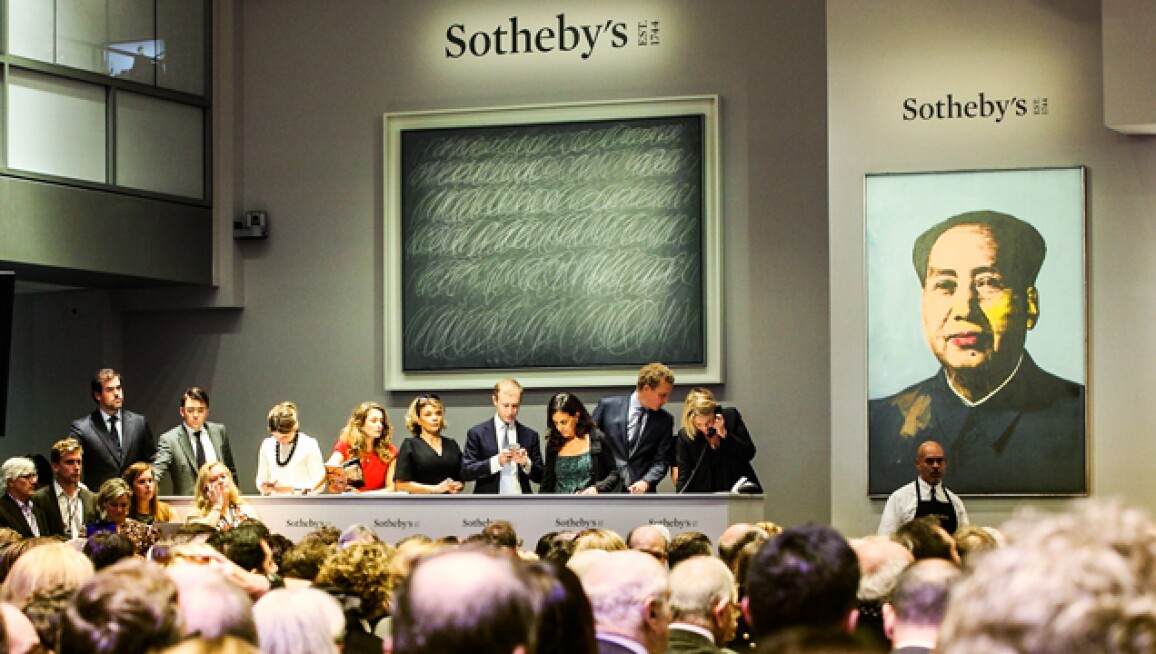
Source: Sothebys
The publicity connected with the sale of the “Deposition” might lead to more fragments being discovered soon.
Researchers Are Still Rediscovering Other Catholic Sculptures
While these pieces do remain hidden, there has been a great effort to recover lost art. Catholics hid most medieval sculptures made of wood and alabaster, but researchers have discovered them on the same street as the ivory Judas and Christ Last Supper sculpture.
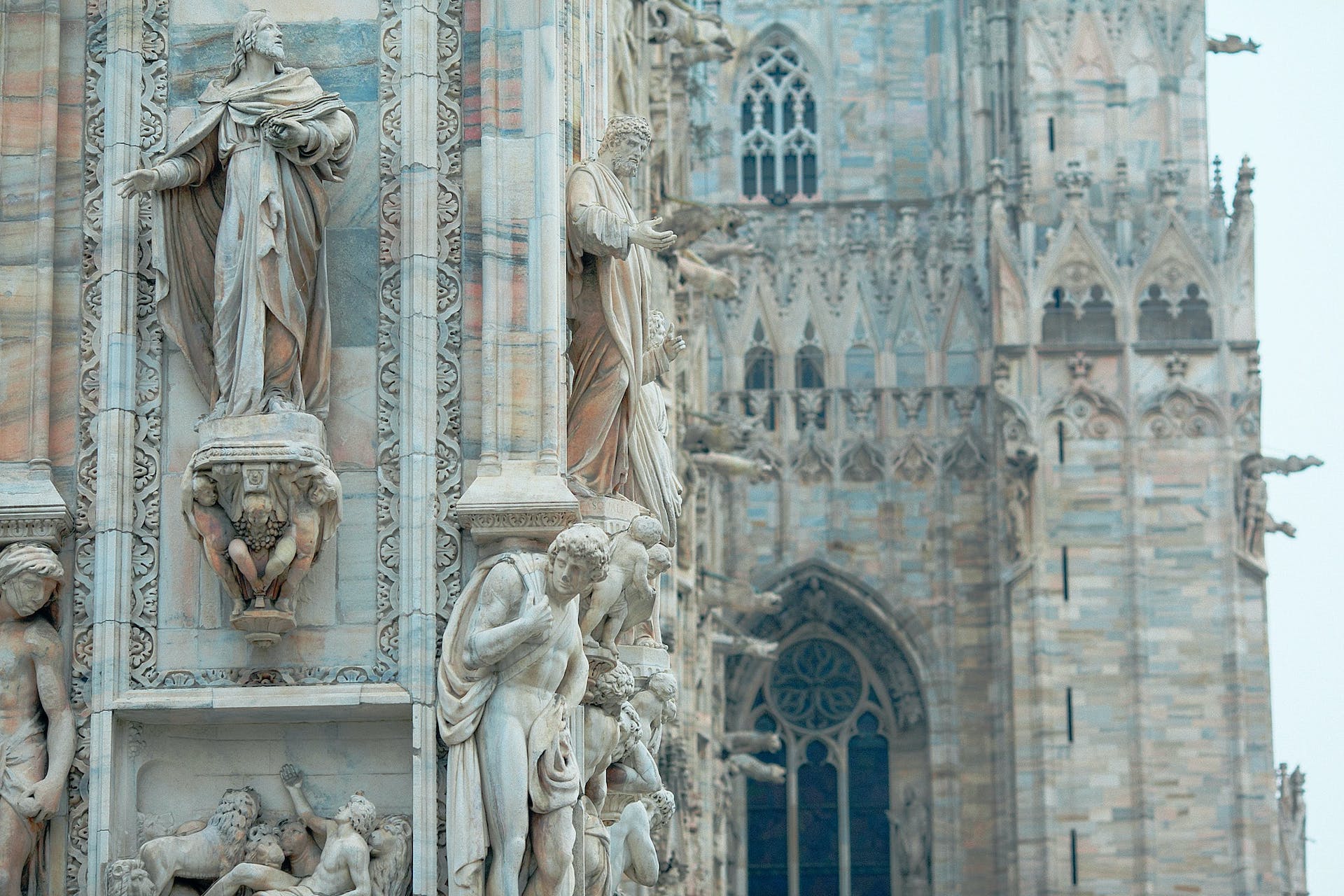
Source: Maria Orlova/Pexels
In 1756, a false ceiling in the home of a church chantry chapel priest yielded the discovery of 25 Catholic sculptures. A century later, another house near the church found religious stone statues inside the wall.
The English Heart of Catholic Art
Wakefield stands out as a significant hub for hidden medieval Catholic treasures in comparison to other English towns.

Source: Wikimedia Commons
During the Reformation, ivory and other religious art pieces from that era were often concealed within houses, churches, and schools, only to be seemingly forgotten over time.
Wakefield Opposed the U.K.'s Protestant Government
For example, the small town of Pontefract–which is about eight miles from Wakefield—was the center for the famous armed pro-Catholic revolt known as the Pilgrimage of Grace. Many of Wakefield’s citizens and clerics were in support of the revolt.
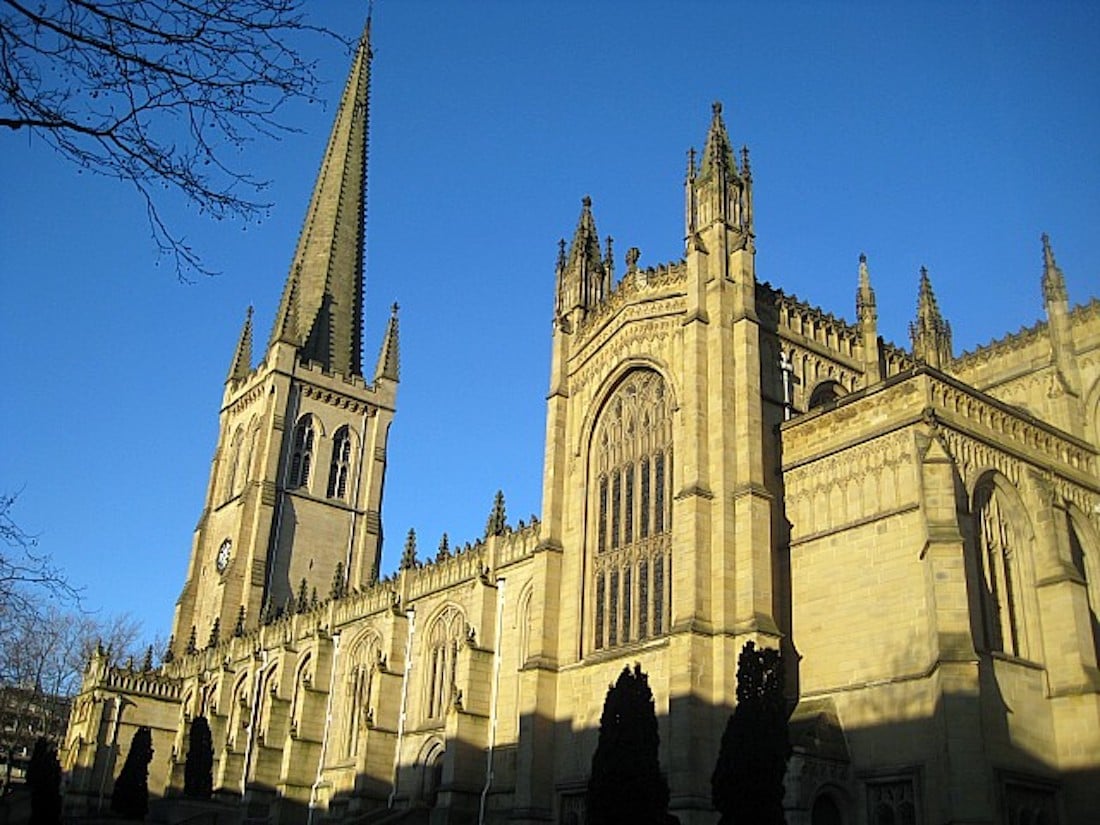
Source: Wikimedia Commons
Five years later, Wakefield found itself in the center of a major Catholic plan to overthrow Henry VII and his Protestant government.
Why Does the U.K. Want to Keep the Sculpture?
It remains unclear whether or where authorities discovered those statues during the English Reformation, while the illegally hidden Catholic artifacts are still out there. If there are no other pieces of the art piece remaining, the U.K. based museum wants to keep the artwork on display to remind the British people of their history with religion.
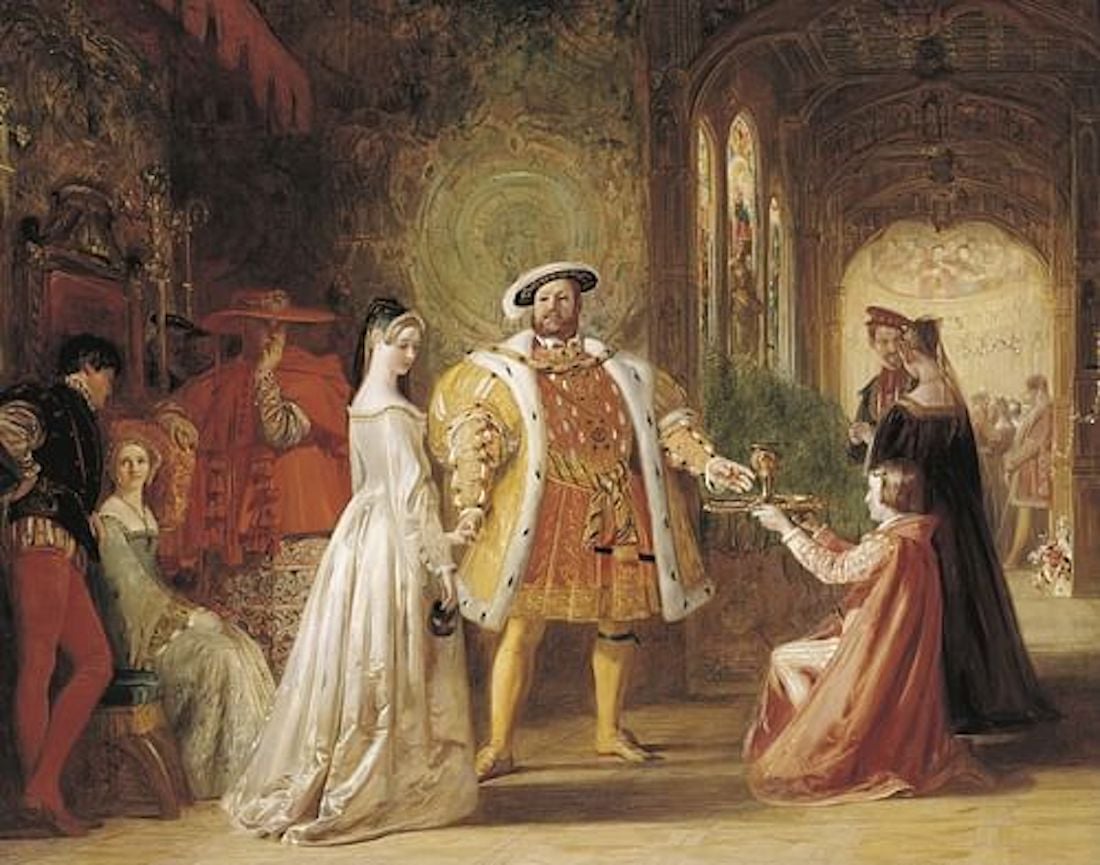
Source: World History Encyclopedia
“The successful acquisition of the “Deposition from the Cross” by the V&A would allow for the sculpture to be reunited with the only known surviving piece of the same ensemble, a fragmentary ivory carving of Judas at the Last Supper, discovered in Wakefield during the 18th century, which is currently in the V&A Collection,” said the museum.
A Reflection of Britain's Long History With Religion
The sculpture is “an example of the craftsmanship and taste at the highest levels of society in the north of England in the late 12th century,” James Robinson, the V&A’s acting director of collections, said to the Independent.
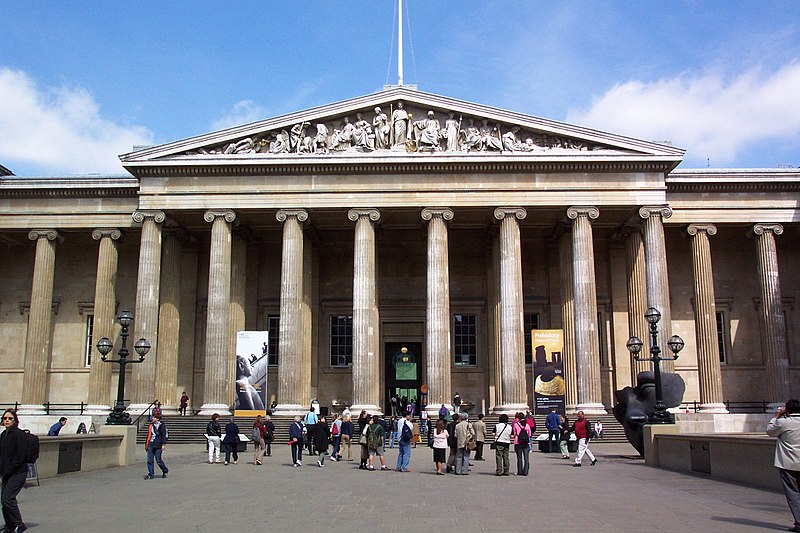
Source: Wikimedia Commons
He continued: “This compelling work offers a rare, tantalizing glimpse of the sophistication and emotional power of art in England in the Middle Ages, a legacy that was almost entirely obliterated by the iconoclastic ravages of the Reformation.”
